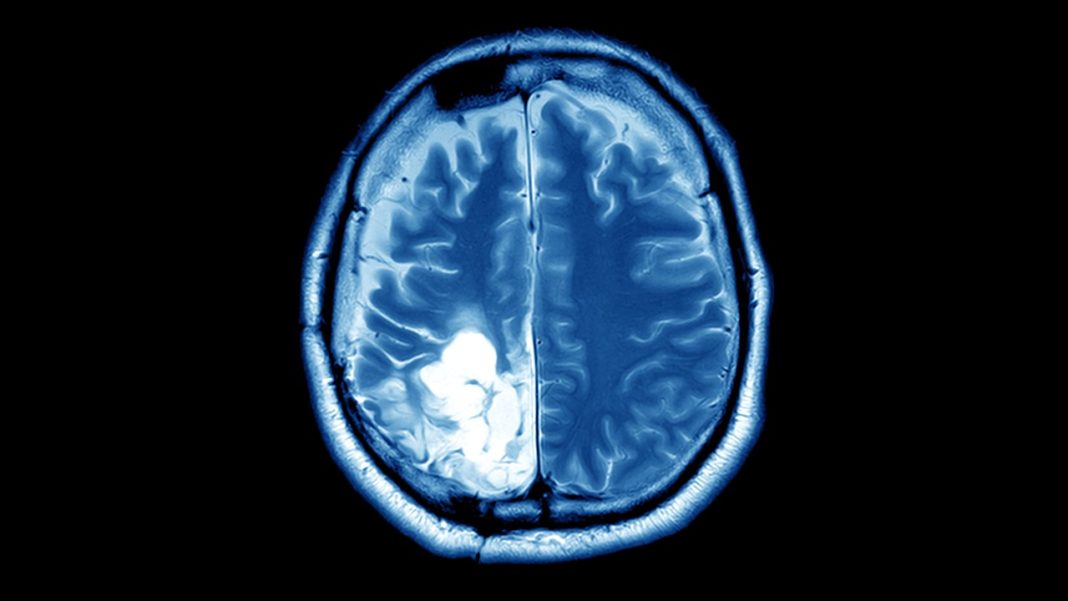Weakening, ballooning, and bursting of blood vessels can cause blood to leak into the brain with serious or fatal consequences. Cerebral aneurysms—bulging of arteries at weak spots—occur in 5–8% of the general population. Over a quarter of patients who have a hemorrhagic stroke die before reaching the hospital. Accurate prediction of hemorrhagic strokes that occur due to ruptured cerebral aneurysms depends on reliable mathematical models that analyze images from advanced medical scans.
Recently, Indian scientists have developed a patient-specific mathematical model to examine morphological parameters of aneurysms that influence rupture risk prior to surgery. The study was published in the journal Physics of Fluids. The authors developed high-fidelity, computational fluid dynamics (CFD) simulations based on patient CT (computed tomography) scans that predict blood flow parameters in aneurysms.

B. Jayanand Sudhir, MCh, a neurosurgeon at the Sree Chitra Tirunal Institute for Medical Sciences and Technology in Trivandrum and corresponding author of the study, said, “Since clinicians encounter these aneurysms at various growth stages, it motivated us to analyze internal carotid artery aneurysms. The current study is a sincere and systematic attempt to address the dynamics of blood flow at various stages to understand the initiation, progression, and rupture risk.”

“This was feasible due to the access we had to the national supercomputing cluster for performing the computational fluid dynamics-based simulations,” said co-author B.S.V. Patnaik, PhD, a professor of applied mechanics at the Indian Institute of Technology, Madras.
“The novelty of this work lies in close collaboration and amalgamation of expertise from clinical and engineering backgrounds,” said Sudhir. “The aneurysm models were of different shapes, which helped us build and understand the complexity of flow structures in multilobed cerebral aneurysms.”
Earlier studies noted the significant clinical correlation of several image-based morphological indicators such as aspect ratio (AR) and size ratio (SR) of the aneurysm with the rupture mechanism. AR is defined as the ratio of the height and the width of the neck of the aneurysm, whereas SR is the maximum aneurysm height divided by the mean vessel diameter of all branches associated with the aneurysm. Together, AR and SR describe the shape and size of the aneurysm. However, the effect of these parameters on the flow of blood within the aneurysm (hemodynamics) is not clear.

“We found that with an increase in AR and SR, the maximum value of wall shear stress (WSS) near the aneurysm neck is increased. Oscillatory shear index (OSI) and relative residence time (RRT) values are also increased with an increase in AR and SR,” the authors noted.
The authors also observed that an aneurysm with a multilobed structure shows complex flow, low WSS, and higher residence time over the secondary lobe. Turbulence and vorticity near the neck of the aneurysm also increased with increased AR and SR. The researchers noted that although laminar flow was considered in most earlier computational studies, turbulent flow modeling increases the accuracy of rupture prediction.
The accuracy of the prediction may be further improved by considering mechano-biological factors that determine the growth and rupture of aneurysms. In upcoming work, the authors intend to develop a user-friendly software that predicts the rupture risks of aneurysms, to help clinicians and neurosurgeons prioritize and manage high-risk patients.




